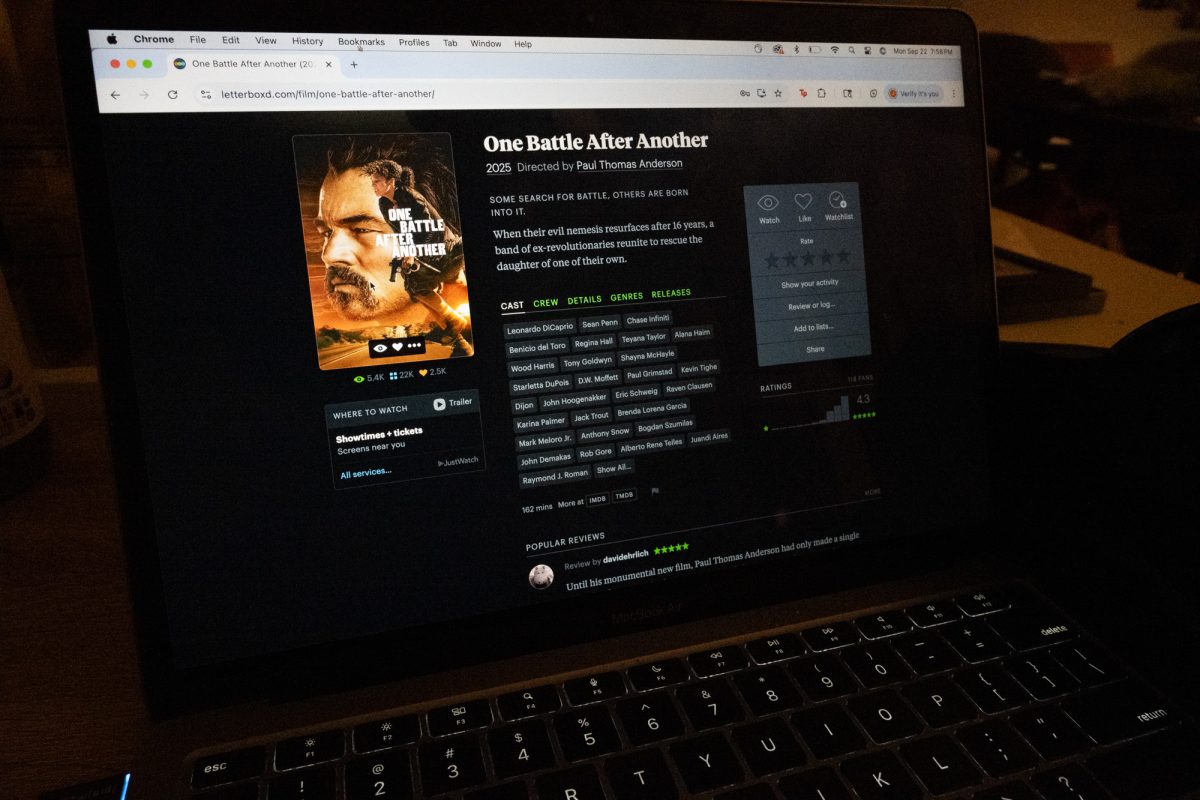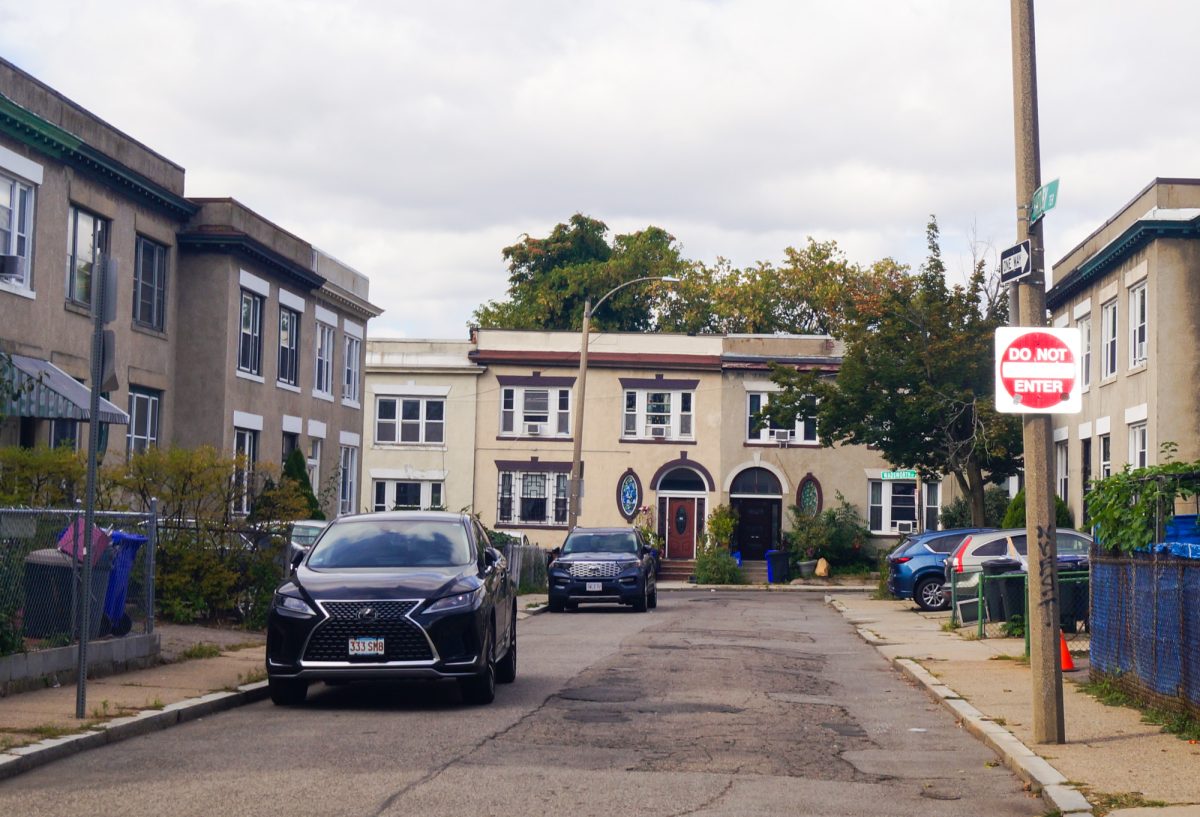
Starting Spring 2017, Boston University’s course schedule will undergo major changes – colleges across the university will adopt one set of schedules, which gives students more time to travel between classes and increased availability to take courses in colleges they’re not enrolled in, according to the provost’s office.
Colleges within BU had previously been operating on different schedules, Associate Provost for Undergraduate Student Affairs Elizabeth Loizeaux said. These individual systems made it difficult for students in one college to take courses in another because the courses would overlap, Loizeaux said.
“We are a big research university,” Loizeaux said. “We have a lot to offer, and that’s one of the reasons students come to BU. We want to make it actually possible for students to take advantage of what’s offer[ed] here.”
Bianca Ortiz, a junior in the College of Arts and Sciences, said she didn’t realize that each college was on a different schedule.
“With a [university] this big, it’s hard to get [each college] to be on the same schedule,” Ortiz said. “But it makes sense [to change].”
Loizeaux added that now the “Pass Time” between classes was modified along with course rearrangement, giving students more time to navigate BU’s two-mile-long campus.
“[The university] changed the Pass Time from 10 minutes to 15 minutes to give students a little extra time to make the trek up and down campus,” Loizeaux said. “We hope that it’s going to reduce the disruption at the beginning and end of many classes, where students arrive late or leave early for their next class.”
Christina Carpio, a sophomore in the College of General Studies, said the extra five minutes would be a positive addition to her schedule.
“Last year I had a class in CGS, and right after I had a class in Questrom, so I had 10 minutes for a twenty-minute walk,” Carpio said.
Kyra Dubinsky, a CAS freshman, said she is in favor of this new schedule policy and agrees that five extra minutes in passing time will be helpful.
“It’s a really smart idea that probably should have been implemented a little bit sooner,” Dubinsky said.
Lorenzo Cordovano, a Questrom junior, said the new policy will be helpful for students to fulfill the university’s general education requirements.
“I have to take two more CAS classes, and one more non-Questrom class,” Cordovano said. “It will definitely help me if classes I want to take are back to back.”
Another change to the schedule mandates that colleges must spread their courses across the day and the week — no more than 50 percent of the courses may be scheduled on a Tuesday/Thursday schedule, and no more than 60 percent of the courses may be scheduled between 10 a.m. and 2:30 p.m., according to the new policy.
“It is standard at other universities that courses are spread across the week, rather than bunched in the favorite Tuesday/Thursday days,” Loizeaux said. “[The old policy] makes it hard for students to take classes because the ones they want to take are all meeting at the same time.”
This new scheduling policy not only enables students to take a variety of courses by reducing scheduling conflicts, but it also “allows for different kinds of pedagogical strategies” in the classroom, Loizeaux said.
Studio art and discussion-based seminars were previously 50 minutes long; now they will be longer, allowing more time to delve into tough material, Loizeaux said.


















































































































